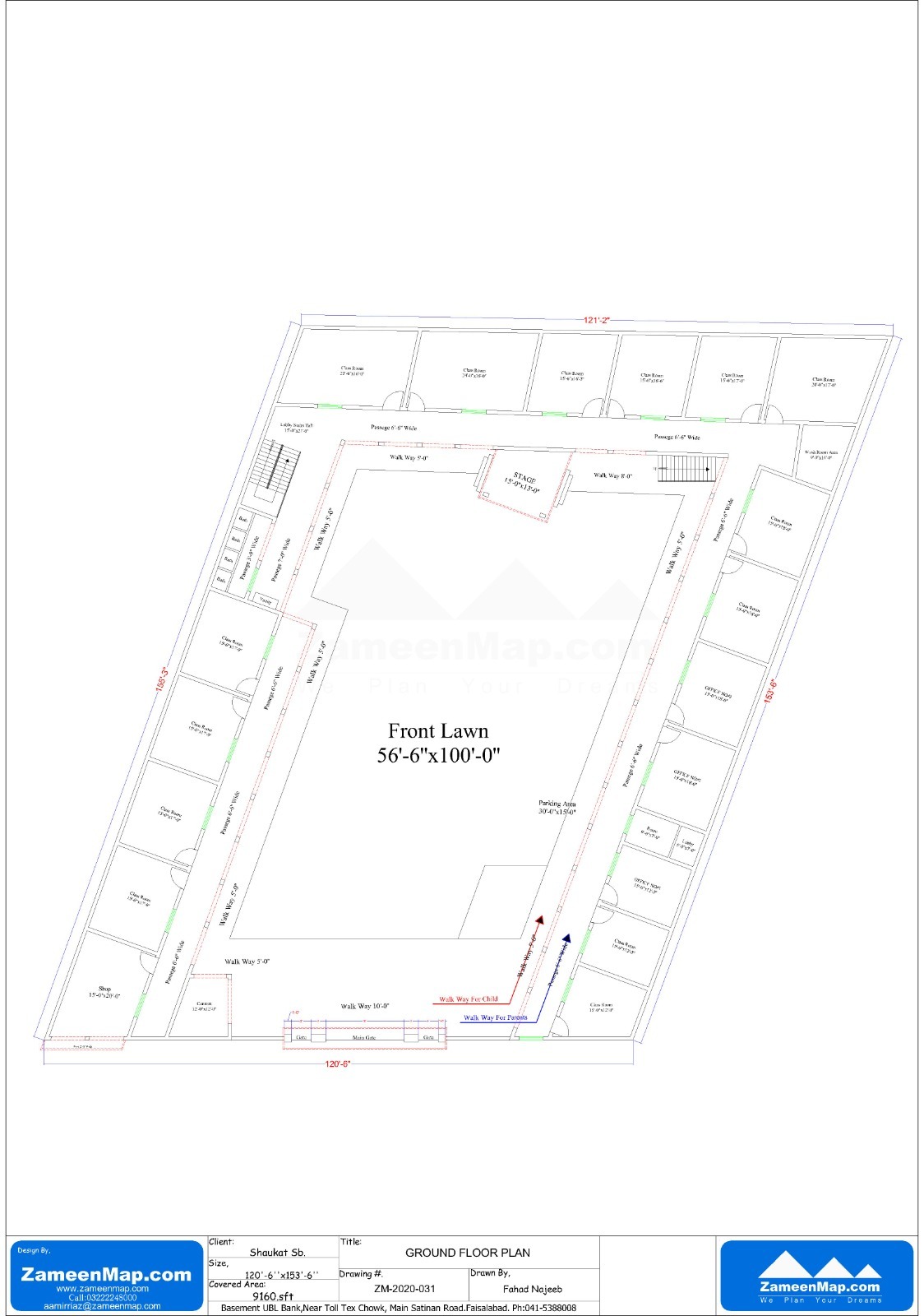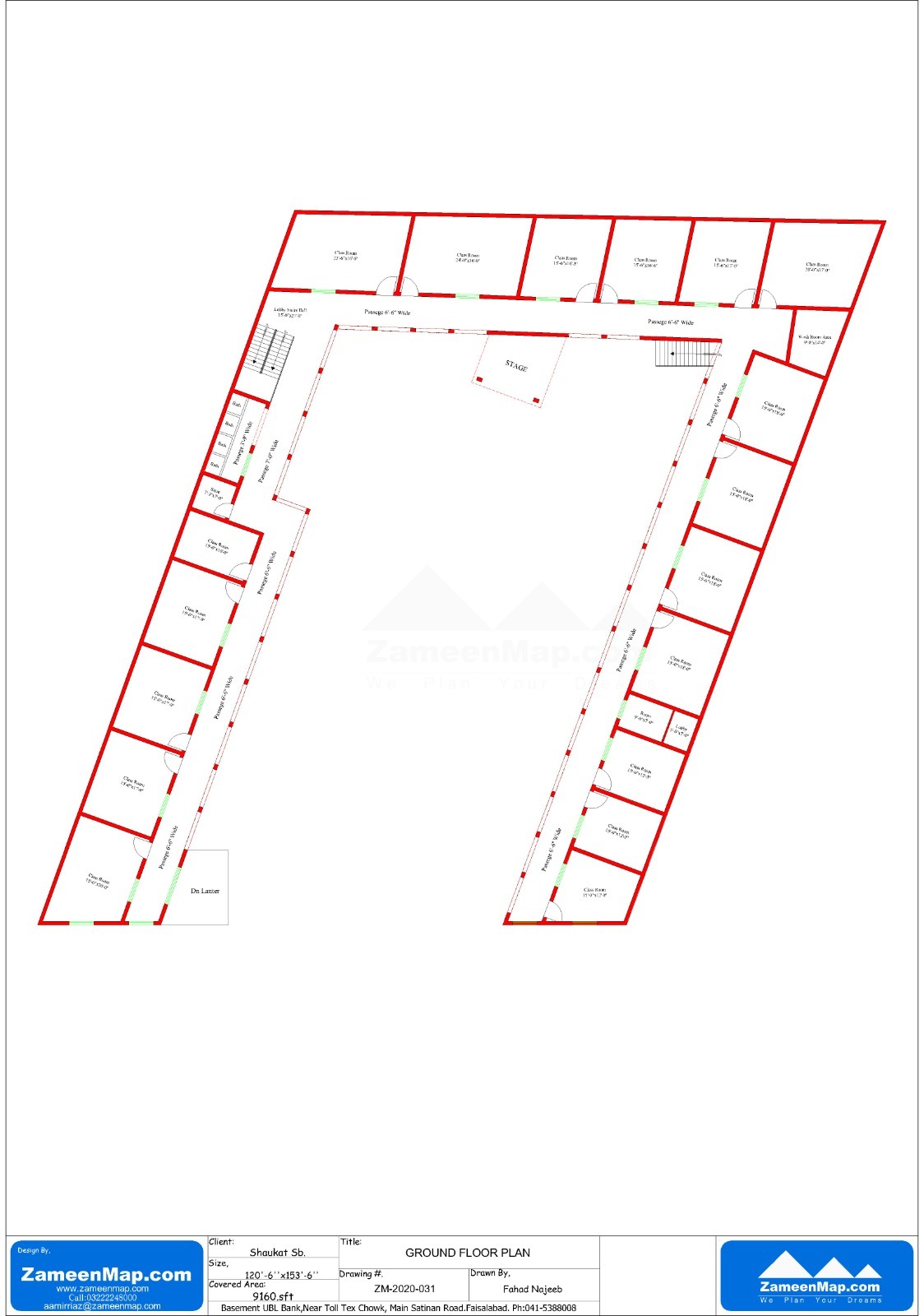School Map
- Available school Plan with all working plan.
- Ground Floor plan.
First Floor Plan.
Ground Floor Layout Plan.
First Floor Layout Plan.
Ground Floor Working Plan.
First Floor Working Plan.
Ground Floor Electrification Plan.
First Floor Electrification Plan.
Ground Floor Sewerage Plan.
First Floor Sewerage Plan.
Front Elevation
Front Elevation Detail.
All House Niche Design
For both students and staff, a school map is a vital tool that offers a visual representation of the campus layout, making it easier for everyone to move between locations effectively. A well-designed has several advantages for both tiny elementary schools and major universities. It improves campus management overall, safety, and orientation in addition to convenience.
We will discuss the significance of school maps, their essential elements, and how they help to create a more accessible and orderly learning environment in this post.
Why School Maps Are Important:
Welcome to New Students Orientation:
Orienting incoming students to the campus is one of the main purposes of a school map. For children making the move from elementary to middle school or from high school to college, acclimating to a new school may be rather challenging. Students may make their way about the school more easily with the use of a map, which clearly indicates locations of various buildings, classrooms, libraries, and administrative offices.
When new students are attending a new school for the first few days or weeks, having a map helps ease their worry and ensures they don’t get lost. They can quickly find their lunch spots, bathrooms, classrooms, and other important sites.
Availability to Visitors:
A school map is very helpful for guests, such as parents, presenters, or participants of an event. When guests are attending athletic events, parent-teacher conferences, or school fairs, a school map makes it simple for them to locate facilities like auditoriums, sports fields, or administrative buildings.
To further facilitate visitors’ navigation of the school grounds, several schools have integrated digital maps into their websites or mobile applications.
Endorsing Safety Procedures:
When it comes to emergencies like lockdowns, evacuations, and fire drills, a thorough is essential. A well-marked school map helps facilitate a safe and fast evacuation of kids and staff by clearly designating exits, fire extinguishers, safe zones, and assembly spots. The map may be used by educators and staff to go over safe routes and make sure all pupils know what to go in case of emergency.
A well-documented map can also be helpful to first responders, such as police or firemen, who would need to know the layout of the school right away in an emergency.
Key Components of a School Map:
A well-structured school map typically includes several important elements:
- Building Layout: Displays the arrangement of classrooms, administrative offices, libraries, cafeterias, and other facilities.
- Directional Arrows: Indicate hallways, staircases, and paths that guide users through the school.
- Outdoor Areas: Includes playgrounds, sports fields, parking lots, and gardens.
- Emergency Exits and Routes: Clearly marked exits, evacuation routes, and assembly points for safety procedures.
- Legend: A key to explain symbols, colors, and other markings on the map for clarity.
Conclusion:
A school map is a vital tool that enhances orientation, safety, and campus administration in addition to being a navigational aid. It facilitates navigation for new students, staff, guests, and emergency personnel by offering a clear visual guide, assuring efficient operation and safety during regular school operations.
Reviews
There are no reviews yet.
Vendor Information
- No ratings found yet!
4 Marla
Interior
1 Kanal
Product Enquiry
Related products
Architecture
Architecture
Architecture
Architecture
Architecture
Architecture
Architecture
Architecture









































Be the first to review “School Map”